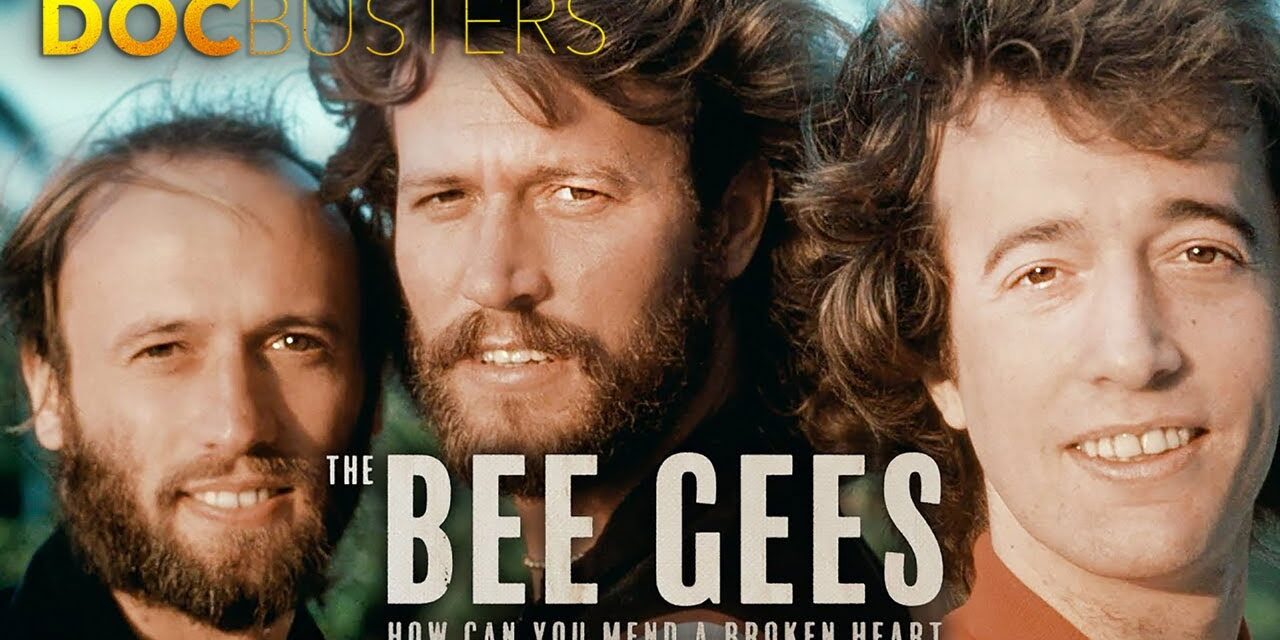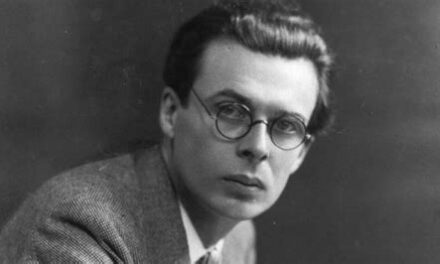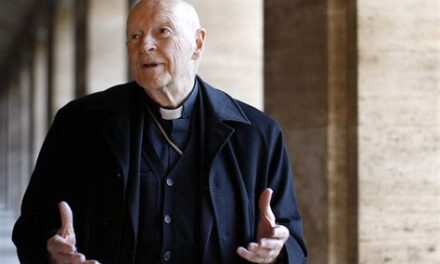When I tell people I love the Bee Gees, I usually get one of two reactions. Some nod appreciatively; others—the polite ones—-screw up their faces and say, “Oh, no!” I once saw a website that listed the hottest-selling pop groups of all time. The Bee Gees, who sold something in the neighborhood of 180 million records (or discs, as technology changed) were not in sight although they should have been near the top. Obviously, the compiler of that list was of the “Oh, no!” party.
A new HBO documentary on Barry, Robin, and Maurice Gibb (or Brothers Gibb, hence, “Bee Gees”) seeks to redress the occasionally lopsided and derogatory assessment of the group. Titled “The Bee Gees: How Can You Mend a Broken Heart,” it chronicles the progress of the group from childhood gigs to sudden and spectacular fame in the mid-to-late sixties, even greater fame in the mid-seventies, and beyond. To be fair, the HBO effort is not the first documentary about them. As far as I can tell there has been a good half dozen, most memorably 2001’s “This Is Where I Came In” (like HBO’s, about two hours long). Although the new film does not surpass the earlier one, it updates the story to include the deaths of Maurice (2003) and Robin (2012).
The Gibbs began singing together as children, performing on stage in their native Manchester and then in Australia where the family immigrated in 1958 when Barry was twelve and the twins Robin and Maurice were nine. Down Under, television appearances and record contracts followed, but the group struggled to score a hit. With the rise of worldwide Beatlemania, the Gibbs decided Britain was where the action was and promptly moved back, learning along the way their latest Australian release, “Spicks and Specks” had reach number one.
In London, they met Robert Stigwood who decided to manage them, and before 1967 was over they were a worldwide success, with such hits as “New York Mining Disaster, 1941,” “To Love Somebody,” “Holiday,” and “Massachusetts.” Their songs tended to chart slightly better in the U.K. (where “Massachusetts, for example, went number one) than in America, yet even here the Bee Gees were top-twenty artists and soon, with 1968s “I Gotta Get a Message to You,” top-ten.
From 1967 through most of 1969, they had been a quintet (with the addition of Colin Petersen on drums and Vince Melouney on lead guitar). But in 1969, after the release of their fourth album, the two-record set “Odessa,” the group fragmented. Melouney left as his role diminished, but the chief reason for the break-up was the growing rivalry of Barry and Robin, which came to a head when Polydor (England) and Atco (U.S.) released Barry’s “First of May” as an A-side single over Robin’s “Lamplight.” Robin left to record solo with some success while Barry, Maurice, and (briefly) Colin Petersen continued, also successfully as the Bee Gees. But U.S. sales fell precipitously, and for a while, it looked as if the group—at least, in the important American market—was finished.
Brothers are hard to separate, and after a few months, the urge to regroup was too strong to resist. The result was “Lonely Days,” “How Can You Mend a Broken Heart” (both chart-topping in the U.K. and #3 and #1 in the U.S.), followed by a couple of top twenty successes, “Run To Me” and “My World.” They were touring and releasing albums, bud suddenly their appeal evaporated. Maybe the songs, chiefly love ballads, had simply fallen out of favor, the superb harmonies and their sheer singing perfection, passé. One thing was certain: they were going to have to change or sink into permanent obscurity.
Change they did. A new producer (or new to them) Arif Mardin pushed the Gibbs in the directions of soul and R&B—music they’d always loved and occasionally recorded (“To Love Somebody” and, from their second album, “When the Change is Made”). The result, the single “Mr. Natural” and album of the same name, was more of a commercial failure, but the group had regained a professional tightness and direction that it badly needed.
Taking the advice of friend Eric Clapton, they moved to Florida in 1975 and, under Mardin, recorded a new single “Jive Talkin’” and album “Main Course.” Knowing that the Bee Gees “brand” was virtual poison for U.S. disc jockeys, Robert Stigwood sent promos of “Jive Talkin’” to stations with no name for the group. It soon had massive airplay and reached number one. The comeback was, you might say, on.
When Mardin, due to contractual obligations, had to withdraw as their producer, he suggested the brothers produce their own work. Their “Children of the World” featured another number 1 hit. When Stigwood approached them to compose and record music for a new movie project “Saturday Night Fever,” they agreed. The soundtrack, soon the biggest selling album in history (since superseded but still high on the list), garnered five Grammys; the sky seemed the limit. The Gibbs shortly became the only group to have six straight number one hits that they wrote, sang, and produced.
But even though the Bee Gees were never a real disco act, the waning of disco brought the run to an end. HBO’s take on the fall is a bit heavy-handed, but it’s by no means inaccurate. The public burning of Bee Gees albums and paraphernalia is the stuff of rock lore. As for the group, it would be years before they would achieve any notable successes. But they had learned that the world of pop music was a roller-coaster ride and contented themselves with producing and writing songs (as they had done before) for various performers. By the eighties and nineties, they were recording and touring again, getting an occasional hit and performing for packed houses. When their “You Win Again” went number one in the U.K., they became the first group to have number one hits in each of three decades.
They might well still be performing, but Maurice’s and Robin’s deaths effectively brought the Bee Gees to an end. Barry Gibb still writes, produces, and occasionally tours—at least as much as advancing age will permit. And he’s still a powerful spokesman for the group and its legacy. If you don’t know how rich the Bee Gees history is, watch HBO’s “The Bee Gees: How Can You Mend a Broken Heart.” If you don’t like them, it may change your mind. If you’re already a fan, well, watch it anyway.















Love you B GS for your music ❤️❤️❤️ and heavenly singing